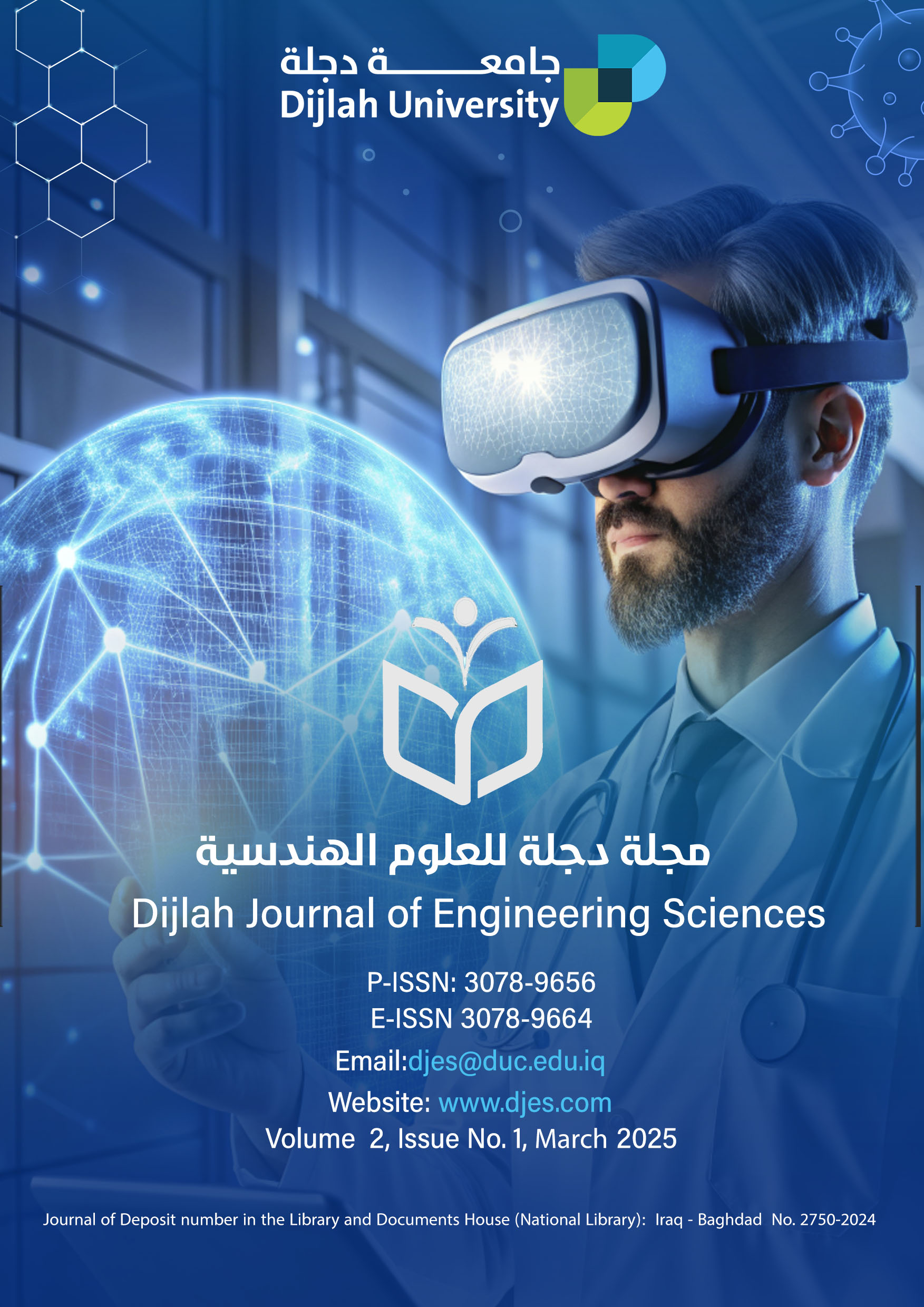Abstract
Several machining parameters impact the process's quality. These
parameters may include variables such as the type of polarity, the kind of
workpiece, the types of dielectric materials, methods for dielectric flow, and
the selection of operational parameters, among other factors. This paper
includes optimization studies designed to provide insights into the influence
of these factors and the strategies utilized to achieve optimal performance.
The study revealed that the depth of cut consistently increased with higher
pulse time and current values. Additionally, the optimization of process
parameters for the EDM process using a copper electrode was explored.
Metal removal using electro discharge Machining (EDM) is primarily
achieved through melting. The reported experimental results indicate an
absence of melting, even during short pulses with a discharge duration of 5
seconds, despite their sensitivity to temperature variations. This is because
short pulses do not provide sufficient time for the metal to heat up
effectively (equivalent to approximately 45 minutes), leading to minimal or
no melting. In the EDM parameters used, the depth of cut increased with
higher voltage levels (140 V to 240 V), current (Ip) values (12 A, 24 A, 50
A), pulse-on time (Ton) durations (100 ms, 200 ms, 400 ms), and pulse-off
time (Toff) intervals (3 ms, 6.5 ms, 12 ms). The increase in voltage (140 V
to 240 V) and current (Ip: 12 A to 50 A) significantly contributed to the
enhanced depth of cut. The ET system utilized for these parameters also
showed a consistent increase in the depth of cut with rising voltage and
current. Testing confirmed that these parameters positively influenced the
depth of cut while simultaneously improving their combined effect. Four
parameters-voltage (140 V, 240 V), current (Ip: 12 A), and pulse rates-were
evaluated, revealing that as voltage and current increased, the depth of cut
and overall performance improved, with gradual adjustments in pulse rates
enhancing the process further.
parameters may include variables such as the type of polarity, the kind of
workpiece, the types of dielectric materials, methods for dielectric flow, and
the selection of operational parameters, among other factors. This paper
includes optimization studies designed to provide insights into the influence
of these factors and the strategies utilized to achieve optimal performance.
The study revealed that the depth of cut consistently increased with higher
pulse time and current values. Additionally, the optimization of process
parameters for the EDM process using a copper electrode was explored.
Metal removal using electro discharge Machining (EDM) is primarily
achieved through melting. The reported experimental results indicate an
absence of melting, even during short pulses with a discharge duration of 5
seconds, despite their sensitivity to temperature variations. This is because
short pulses do not provide sufficient time for the metal to heat up
effectively (equivalent to approximately 45 minutes), leading to minimal or
no melting. In the EDM parameters used, the depth of cut increased with
higher voltage levels (140 V to 240 V), current (Ip) values (12 A, 24 A, 50
A), pulse-on time (Ton) durations (100 ms, 200 ms, 400 ms), and pulse-off
time (Toff) intervals (3 ms, 6.5 ms, 12 ms). The increase in voltage (140 V
to 240 V) and current (Ip: 12 A to 50 A) significantly contributed to the
enhanced depth of cut. The ET system utilized for these parameters also
showed a consistent increase in the depth of cut with rising voltage and
current. Testing confirmed that these parameters positively influenced the
depth of cut while simultaneously improving their combined effect. Four
parameters-voltage (140 V, 240 V), current (Ip: 12 A), and pulse rates-were
evaluated, revealing that as voltage and current increased, the depth of cut
and overall performance improved, with gradual adjustments in pulse rates
enhancing the process further.
Keywords
Depth of Cut
EDM process
Electric Spark
